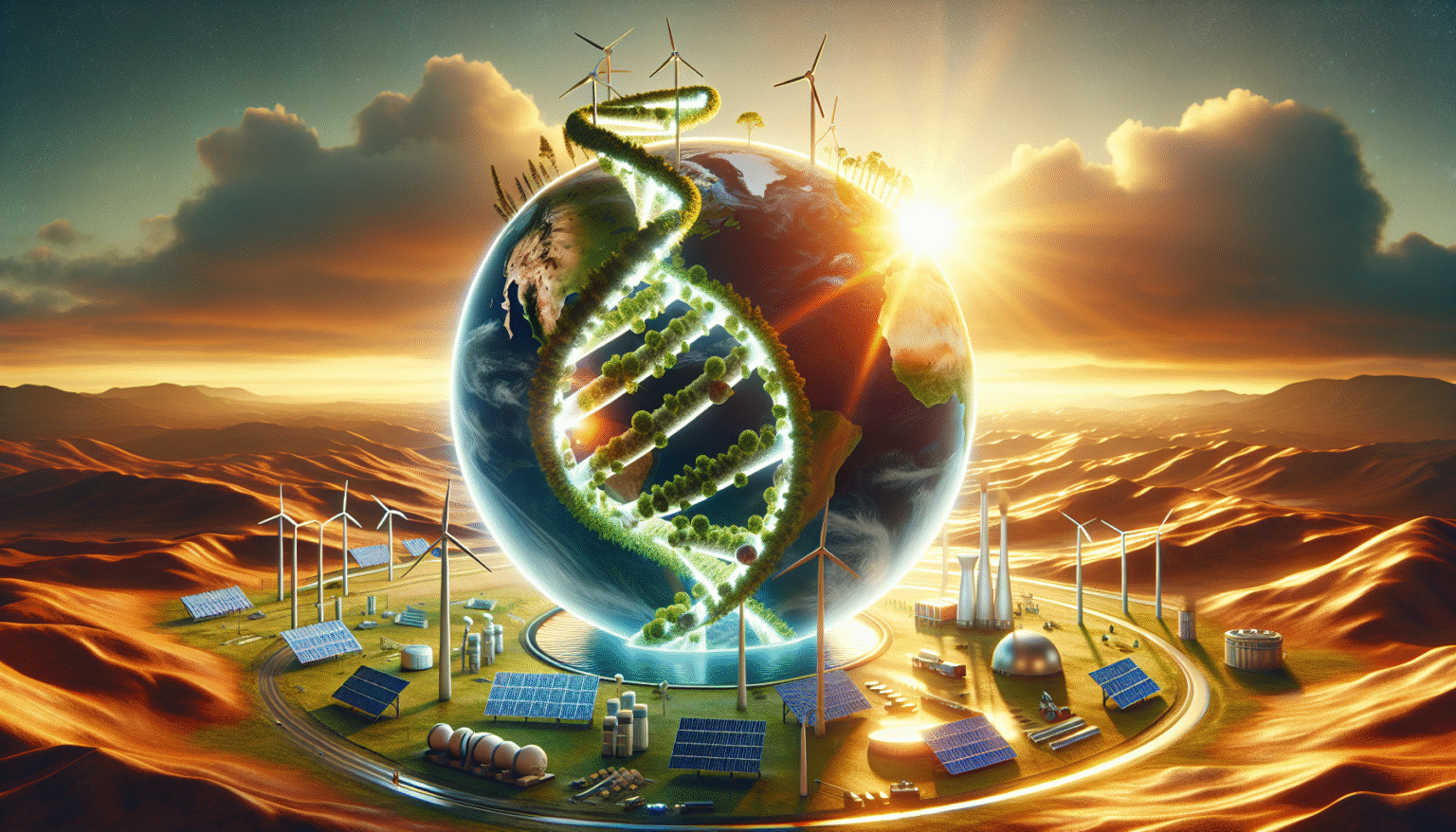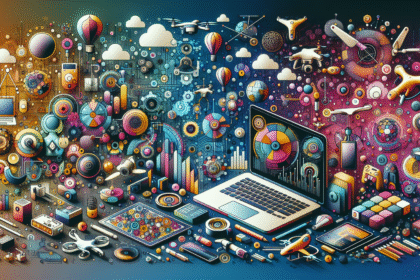The Rise of Renewable Energy: A Glimpse into a Sustainable Future
Understanding Renewable Energy
Renewable energy refers to power derived from resources that are naturally replenished on a human timescale, including sunlight, wind, rain, tides, waves, and geothermal heat. Unlike fossil fuels, which are finite and emit greenhouse gases, renewable energy sources are viewed as crucial to achieving sustainability. The advancement in technology and a global push towards reducing carbon emissions have positioned renewables at the forefront of energy discussions.
Solar Energy: Harnessing the Sun
Solar energy captures sunlight using photovoltaic cells or solar thermal systems. Over the past decade, solar energy technology has evolved rapidly, leading to increased efficiency and reduced costs. According to the International Energy Agency (IEA), solar capacity has significantly expanded, making it one of the fastest-growing renewable energy sources worldwide. The flexibility of solar installations, which can range from large solar farms to residential rooftops, has further driven uptake.
-
Technological Advancements: Innovations like bifacial solar panels and solar tracking technologies increase energy capture and efficiency, making solar installations more economically viable.
-
Government Incentives: In many countries, subsidies and tax incentives encourage solar adoption. These policies not only promote investment but also stimulate job creation within the sector.
Wind Energy: Capturing the Breeze
Wind energy is another major player in the renewable sector. It harnesses kinetic energy from wind through turbines, converting it into electricity. Offshore and onshore wind farms have exploded in number, thanks to competitive costs and technological innovation.
-
Growth in Capacity: The Global Wind Energy Council reports an increase in global wind capacity, driven by decreasing costs and enhanced turbine efficiency.
-
Environmental Benefits: Wind farms significantly reduce carbon footprints and contribute to energy independence. They utilize minimal land compared to traditional energy sources, which preserves natural habitats.
Hydroelectric Power: The Power of Water
Hydropower is one of the oldest renewable energy sources, utilizing flowing or falling water to generate electricity. It offers a stable and reliable source of energy that is crucial for base load power generation.
-
Pumped Storage: This technology enhances the grid’s stability by storing excess energy for later use, making it an essential asset for integrating variable renewable sources like wind and solar.
-
Environmental Considerations: While hydropower is renewable, its impacts on local ecosystems can be significant, necessitating careful planning and management to balance energy needs with ecological preservation.
Geothermal Energy: Earth’s Internal Heat
Geothermal energy exploits heat from the Earth’s interior for electricity generation and direct use applications such as heating. This energy source is both sustainable and reliable due to its constant availability.
-
Direct Use Applications: Beyond electricity generation, geothermal energy can also be used for district heating, agricultural drying, and spa bathing, showcasing its versatility.
-
Innovations in Technology: Enhanced Geothermal Systems (EGS) allow for tapping into previously inaccessible geothermal resources, widening the scope of this energy source significantly.
Biomass: Organic Energy
Biomass refers to organic materials, such as plant and animal waste, that can be used as fuel. Renewable biomass provides an opportunity to recycle waste products for energy while reducing greenhouse gas emissions.
-
Sustainability Factors: When managed sustainably, biomass can be carbon neutral, as the CO2 produced during combustion is offset by the CO2 absorbed by the plants during their growth.
-
Biogas Production: Anaerobic digestion of organic matter can produce biogas, a clean energy source that can be used for heating, electricity, and transportation.
The Role of Energy Storage
Energy storage is critical in the maximization of renewable resources. Technologies such as lithium-ion batteries and pumped hydro storage play vital roles in addressing the intermittent nature of wind and solar power.
-
Battery Evolution: Advances in battery technology are reducing costs and improving the efficiency of energy storage solutions, enabling a more resilient energy grid.
-
Microgrids: Localized energy grids can operate independently and efficiently manage local energy resources, including renewables, enhancing energy security and reliability.
Policy and Economic Impacts
Government policies and international agreements significantly influence renewable energy growth. The Paris Agreement allows nations to commit to emissions reduction targets, driving investment in clean technologies.
-
Investment Trends: Financial markets are increasingly pivoting towards green energy, with considerable investments flowing into renewables over traditional energy sectors. This trend reflects a growing consensus on the need for sustainable development.
-
Job Creation: The renewable energy sector is labor-intensive. According to the IEA, renewables create more jobs per unit of electricity generated compared to fossil fuels, contributing to economic growth.
Challenges and Considerations
Despite robust growth, renewable energy confronts challenges. Energy storage, grid integration, and infrastructure development are essential for addressing the variability of renewables. Additionally, public acceptance and land use conflicts can impact development projects.
-
Infrastructure Upgrades: Modernizing the power grid is vital for accommodating increased renewable penetration and ensuring reliability.
-
Community Engagement: Successful projects often involve local communities in planning processes, ensuring benefits are felt by all stakeholders and minimizing opposition.
The Future Landscape of Renewable Energy
The trajectory of renewable energy is promising, with innovations continuing to emerge. The integration of smart technologies, such as the Internet of Things (IoT) and artificial intelligence (AI), will further refine energy efficiency and management.
-
Decentralized Energy Solutions: Increased reliance on local energy systems promotes resilience and reduces dependence on centralized power plants.
-
Cross-Sector Collaboration: Collaboration across various sectors (e.g., transportation, manufacturing) enhances the adoption of renewable technologies, creating synergies that facilitate more sustainable practices.
-
Public Awareness: As awareness of climate change rises, consumer demand for renewable energy solutions will drive innovation and adoption on an unprecedented scale.
Renewable energy is not only pivotal for mitigating climate change but also vital for ensuring energy security, economic stability, and environmental preservation. The transition to a sustainable future is not merely an option but an imperative that calls for global collaboration and commitment.






